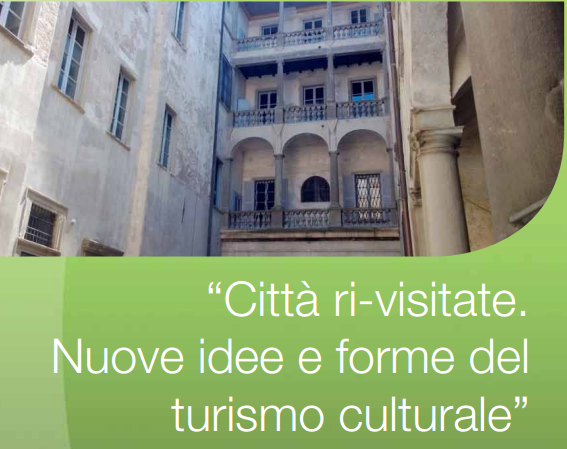The conference Città ri-visitate. Nuove idee e forme del turismo culturale (The city re-visited: New concepts and forms of cultural tourism) held in Bergamo, Italy on March 13th and 14th examined the rapidly changing nature of cultural tourism in Italy and the rest of Europe.
A particular focus of attention during the meeting was the upcoming World Expo to be held in Milan in 2015. This event takes as its theme “Feeding the Planet: Energy for Life”. It bills itself as “an extraordinary universal event displaying tradition, creativity and innovation in the business of food.” The organisers project a total of 20 million visitors to the event between May and October 2015, with 6-8 million of these coming from abroad. It is gratifying to see attention being focussed on food issues by this event, although it remains to be seen if such a mega-event is capable of dealing with the complex issues involved. There was also discussion at the conference of the extent to which the Milan event would be able to engage with the smaller-scale cultural and creative attractions of the region, which is home to a lively network of art cities.
In his presentation on Cultural Tourism 3.0: The future of urban tourism in Europe?, IGCAT’s president, Prof. Greg Richards, outlined a vision for a future cultural tourism more reliant on co-creation between producers and consumers. Taking his inspiration from Pier Luigi Sacco’s concept of Culture 3.0, he identified the growing range of peer to peer services being provided through “relational tourism”. The possibilities provided by the Internet for people to shape their own tourism experiences or to co-create them with local people is slowly undermining the traditional tourism value chain, and replacing it with a tourism value network.
At the same time, the new roles for local residents as producers of tourism experiences and for tourists as “temporary citizens” (as they are now being called in Paris and Barcelona) provide new challenges for cities. How can you regulate this new style of tourism? Cities such as New York have already tried to crack down on peer to peer accommodation providers such as Airbnb, but without much success. As Emmanuele Curti from the Università degli Studi della Basilicata pointed out, the fact that we are all tourists now means that we need to become “cultural citizens” wherever we are, taking responsibility for local culture just as we would for our own.
All of this is likely to mean that new forms of cultural and creative tourism will spring up in future, driven by the local desire for creative expression, cuts to cultural subsidies and the drive for tourists to seek out new experiences. No wonder Travel Market Report has identified creative tourism as one of the “six trends to watch for 2014” and TTRA Canada lists creative tourism as one of the “Top 20 trends that will shape the future of tourism destination and community development in 2014”.
15 March 2014
